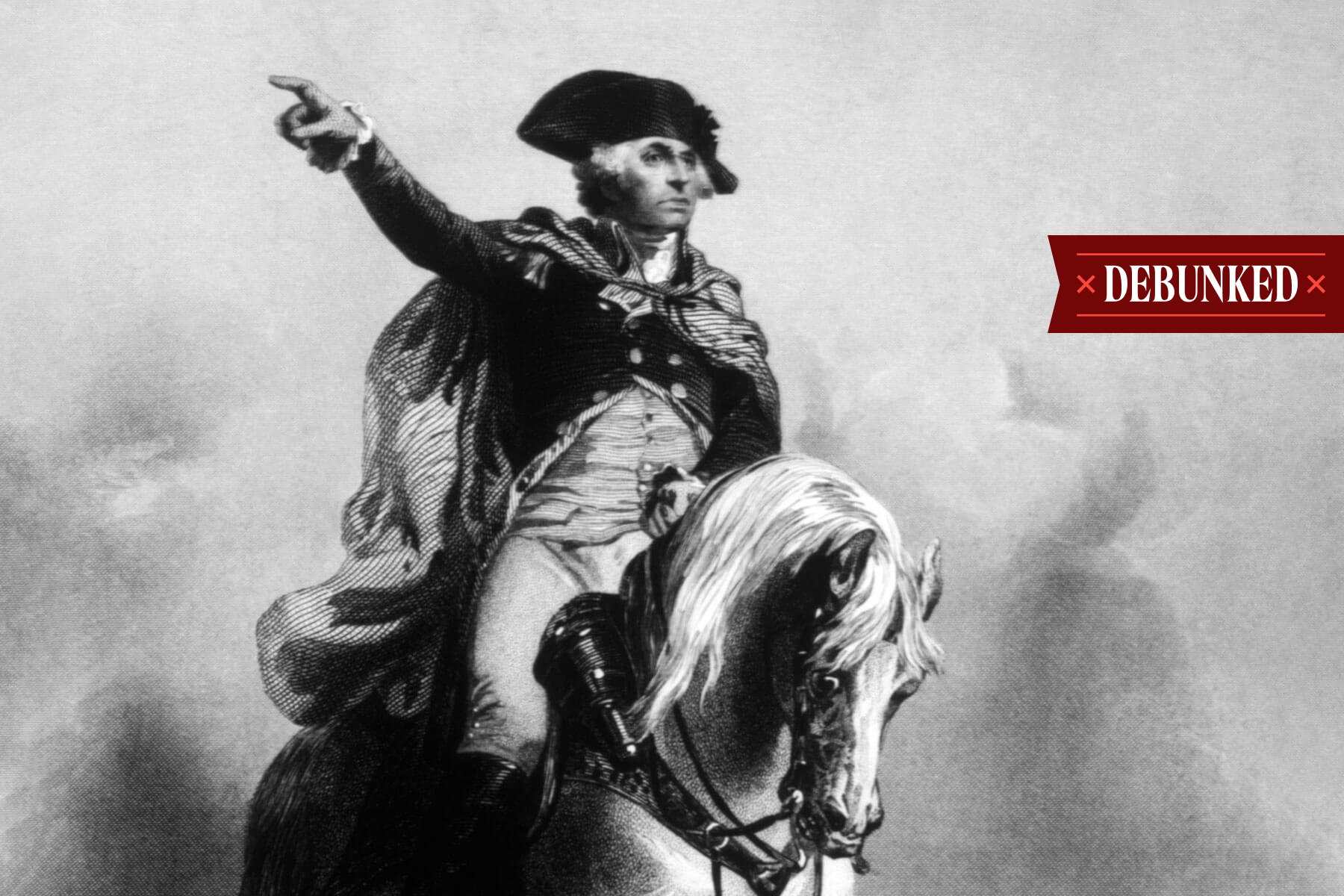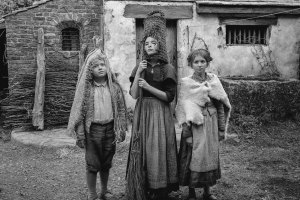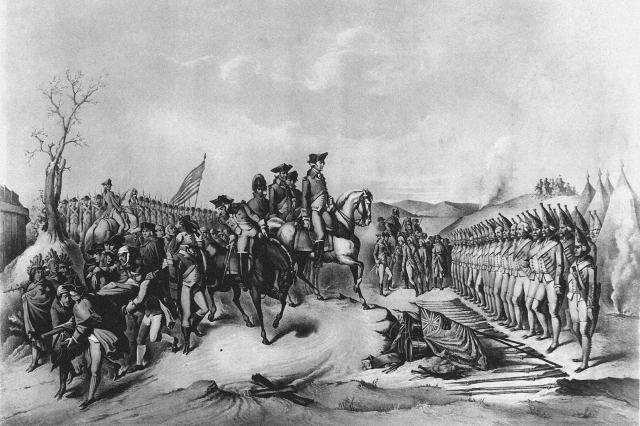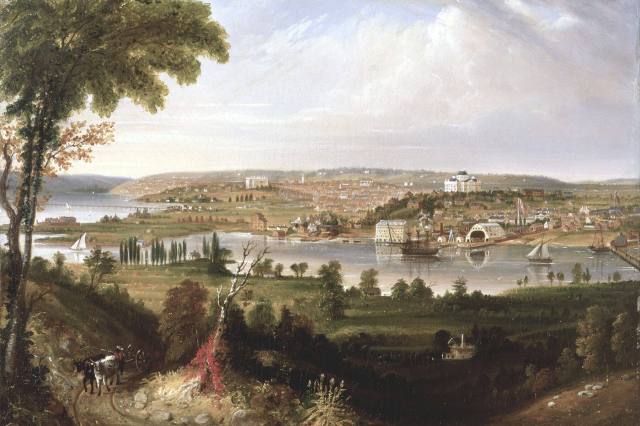6 Myths and Misconceptions About George Washington
George Washington undoubtedly led an extraordinary life, which makes it hard to separate legend from reality. He was the only U.S. President to be unanimously elected to office, despite having no formal schooling past the age of 15, and he remains one of the most famous military leaders in United States history. Common depictions of Washington include a young Virginian boy chopping down cherry trees and, later, a dignified statesman proudly posing in a powdered wig. But some of the best-known aspects of the former President’s life aren’t historically accurate. Here are six common myths about the famous founding father.

Myth: Washington Chopped Down His Father’s Cherry Tree
Washington telling his father, “I cannot tell a lie… I did cut it with my hatchet,” is coincidentally one of the biggest lies about this larger-than-life figure. Legend says that George Washington received a hatchet as a gift when he was 6 years old, and took the ax to one of his father’s beloved cherry trees. During the subsequent confrontation with his father, he came clean, unable to tell a lie. The encounter was recreated in artist John C. McRae’s 1867 engraving “Father, I Can Not Tell a Lie: I Cut the Tree.” There’s just one problem: None of this ever happened. The famous legend was devised by biographer Mason Locke Weems in the 1806 edition of his book “The Life of Washington.” Published shortly after Washington’s death, the book immortalized the founding father as a national hero with a steadfast moral compass despite his faults, including the ownership of hundreds of enslaved people at his Mount Vernon estate.

Myth: He Was the First President to Live in the White House
It’s a common misconception that George Washington lived in the White House — he was the first President, after all — but the building wasn’t completed until 1800, one year after Washington’s death. The President’s successor, John Adams, was the first commander in chief to call the White House home. However, Washington did play a large role in the planning and construction of the famous residence. He chose the site of what was then called the “President’s House” at what is now 1600 Pennsylvania Avenue. The first cornerstone of the White House was laid in October 1792. During this time, Washington lived in executive residences in New York and Philadelphia, both of which served as the nation’s capital before it was moved to Washington, D.C., in 1800.



















